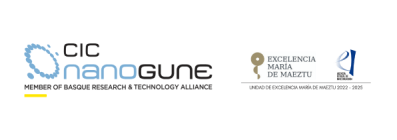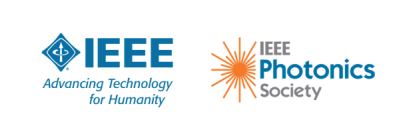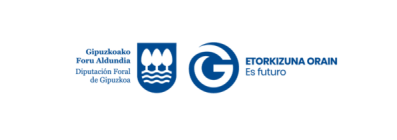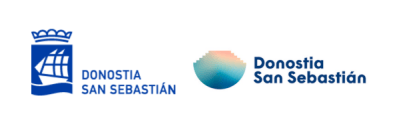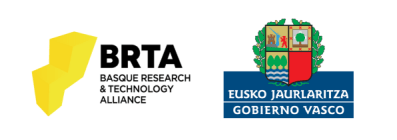OMN 2024 - Plenary and Invited Speakers
Plenary Speakers
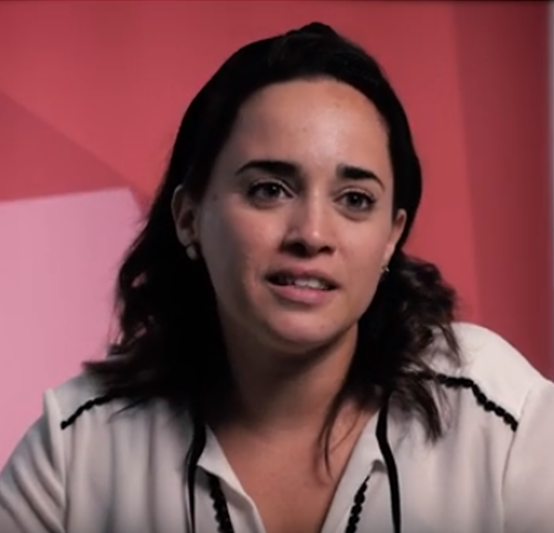
Dr. Sara Abalde-Cela
Medical Devices Group
International Iberian Nanotechnology Laboratory (INL), Braga, Portugal
Optofluidic devices for disease monitoring: playing pinball with cells and plasmonics
Dr. Sara Abalde-Cela is the Research Group Leader of the Medical Devices Group at the International Iberian Nanotechnology Laboratory (INL), Braga, Portugal. Her research focuses on the development of optofluidic platforms for the diagnosis and monitoring of diseases. Her experience in research ranges from nanotechnology and Raman spectroscopy to microfluidics and microdroplets, as well as liquid biopsy and technology transfer. Sara holds a PhD in nanotechnology by the Universidade de Vigo (Spain, 2013) in which she focused on the development of hybrid plasmonic nanostructures for nanbiosensing. Soon after, she took on a postdoctoral position at the University of Cambridge (UK, 2013-2016) to work on microfluidics and microdroplets applied to single cell monitoring. During her academic career, Sara received research awards and recognitions as well as attracted more than 6 million € in competitive international funding as PI. Apart from book chapters and patents, Sara has published around 150 articles and proceedings. She carried out teaching, science outreach and start-up programs in Cambridge, London, Boston, Vigo, and Braga. Sara is co-founder and CTO of the start-up RUBYnanomed (from 2018), having raised more than 5 million € for innovation. In 2022 she was nominated as finalist for Women Innovators Prize by the European Innovation Council.
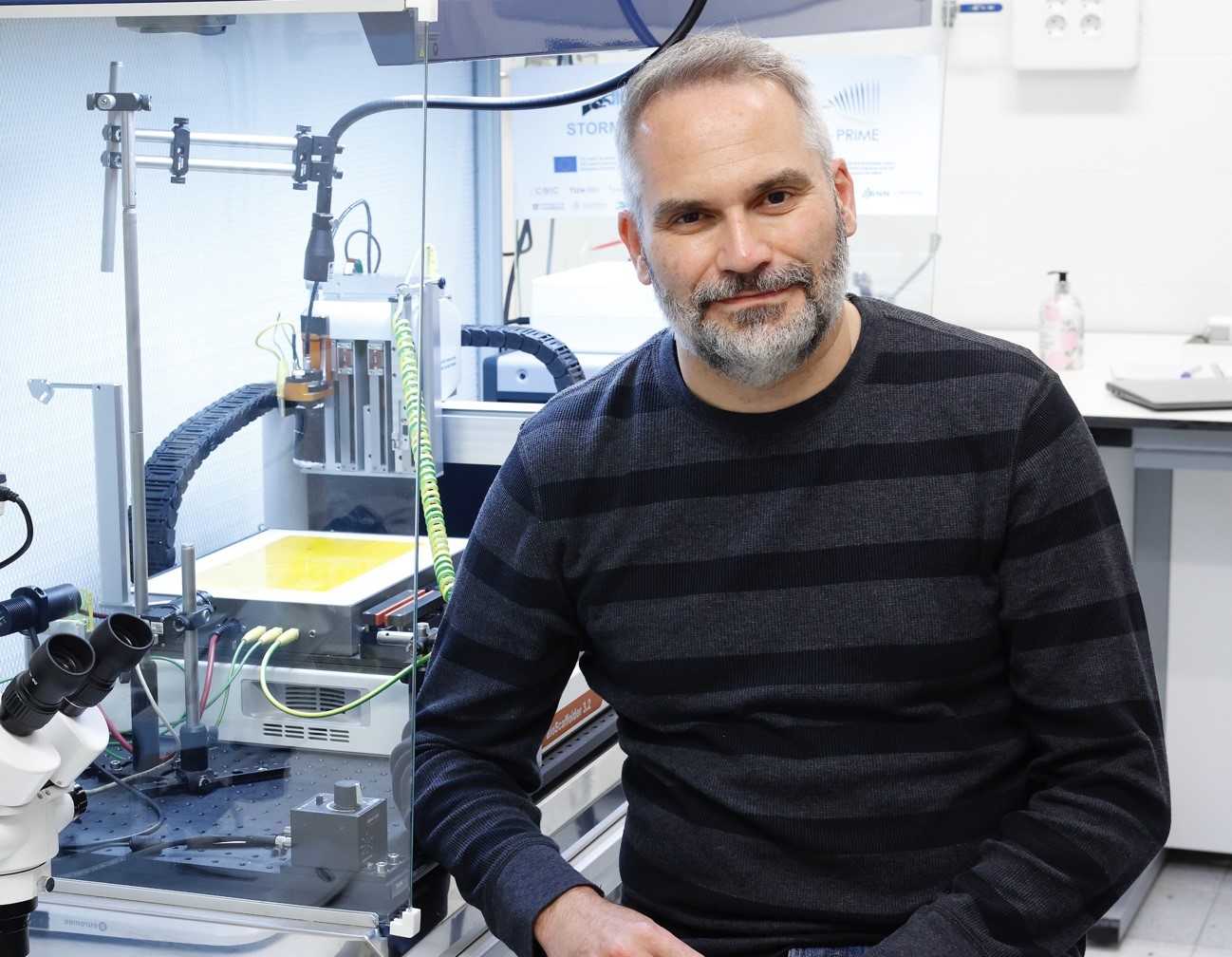
Prof. Jesús M. de la Fuente
Institute of Nanoscience and Materials of Aragón (INMA)
University of Zaragoza, Zaragoza, Spain
Nanoactuactors for therapy and diagnosis
Prof. Jesus M. de la Fuente (Spain, 1975) holds a CSIC research position at the Institute of Nanoscience and Materials of Aragón (INMA). He created his research group, the BIONANOSURF Group, in 2007, becoming internationally recognized in nanomaterials and biofunctionalization. He has extensive experience in the synthesis and characterization of multifunctional nanomaterials and their biofunctionalization with carbohydrates, peptides and nucleic acids for the development of next generation nanobiosensors, using plasmonic nanoparticles and thermal transduction, and nanotherapeutics, such as gene therapy, photothermotherapy, photoacoustics and theranostics. He is co-author of >260 publications with a total of 14.000 citations. He holds 7 patents and has led research projects with a total budget of more than € 6.5 million. He has received two ERC grants and has generated 10% of his budget through collaboration with SMEs.
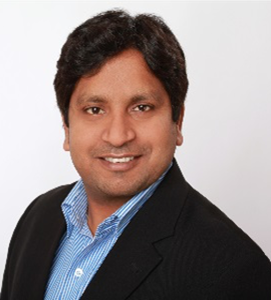
Prof. Yogendra Kumar Mishra
Mads Clausen Institute, NanoSYD, Smart Materials
University of Southern Denmark, Sønderborg, Denmark
Tetrapods based smart materials for advanced technologies
Yogendra Kumar Mishra is Professor MSO at Mads Clausen Institute, NanoSYD, University of Southern Denmark (SDU), Denmark. Prior joining to SDU, he worked as group leader at Kiel University, Germany. He completed his habilitation in Materials Science at Kiel University in 2015 and his PhD in Physics at Jawaharlal Nehru University (Inter University Accelerator Centre), New Delhi, India, in 2008. In Kiel, he introduced a new flame-based process for nanostructuring of metal oxide tetrapods and their 3D networks, which has found numerous applications in engineering and biomedical fields. Additionally, tetrapods can be used as templates to create hybrid and new 3D materials. At NanoSYD, he is heading the ‘Smart Materials’ group, which focuses on the development of new materials for green and sustainable technologies. He is Humboldtian and was recently honored as FRSC Fellow of the Royal Society of Chemistry. Yogendra has published more than 350 publications with more than 18000 citations and an H-index of 72.
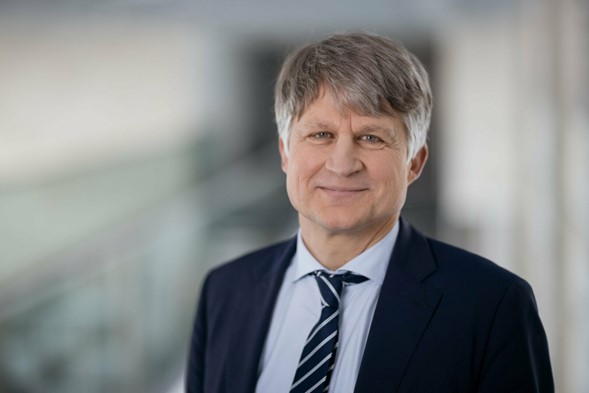
Prof. Stefan Sinzinger
Optical Engineering
Ilmenau University of Technology, Ilmenau, Germany
Micro and Nanooptics, enabler for applications from advanced imaging to next generation electronics
Stefan Sinzinger is Chair for „Technische Optik“ (Optical Engineering) at the Technische Universität Ilmenau, Germany. He received his PhD (1993) and Habilitation (2002) from the Friedrich-Alexander Universität Erlangen-Nürnberg and the Fernuniversität Hagen, respectively. Among other responsibilities he served as president of the „Deutsche Gesellschaft für angewandte Optik“ (2016-2021) and was director of the „Zentrum für Mikro und Nanotechnologien“ (2018-2021). Since 2021 he is vice president for research and young scientists at the Technische Universität Ilmenau.
As co-author (with Jürgen Jahns) of the textbook „Microoptics“, Stefan Sinzinger has more than 25 years of experience in research on design and fabrication of micro- and nanooptical elements as well as microoptical systems integration. The current focus is devoted to reactive ion etching and nanoimprint lithography for the fabrication of innovative resonant micro- and nanooptical elements. The specific interest is systems integration and applications such as light sheet microscopy or optical interconnects, e.g., for reservoir computing.
Confirmed invited speakers
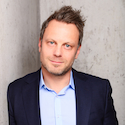
Jost Adam
University of Kassel, Germany
Two-dimensional materials, heterostructures, and perovskites
for photonics - a computational approach
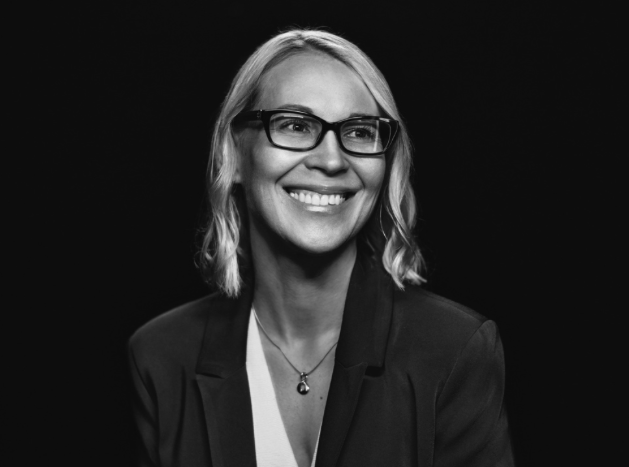
Alexandra Boltasseva
Purdue University, West Lafayette, USA
*Sam Barker Photography
Tailorable Materials for Dynamic Photonics:
From Metasurfaces to New Physical Phenomena
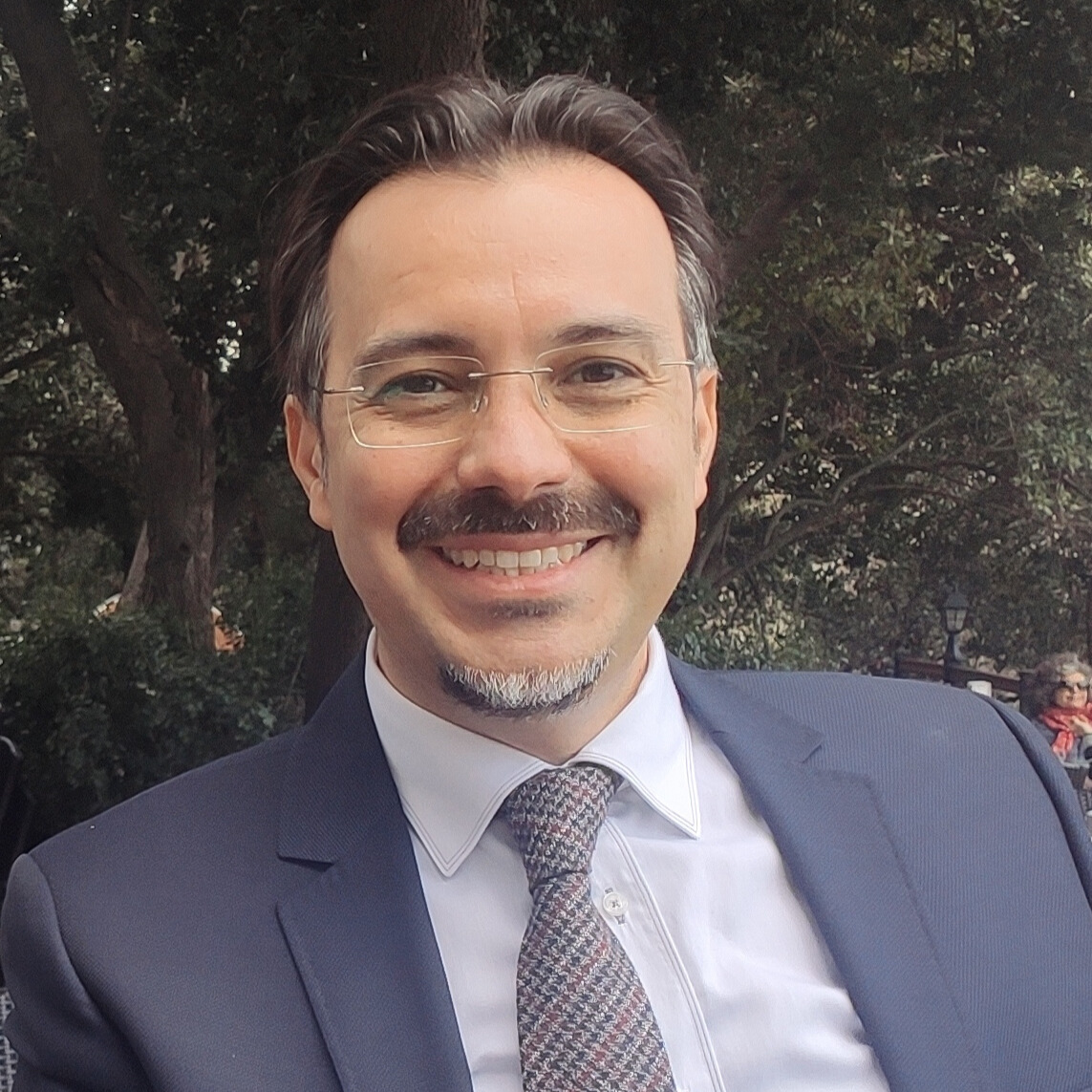
Arda Deniz Yalçınkaya
Boğaziçi University, Istanbul, Republic of Türkiye
Metamaterial Microdevices for Biomedical sensing and Imaging Applications
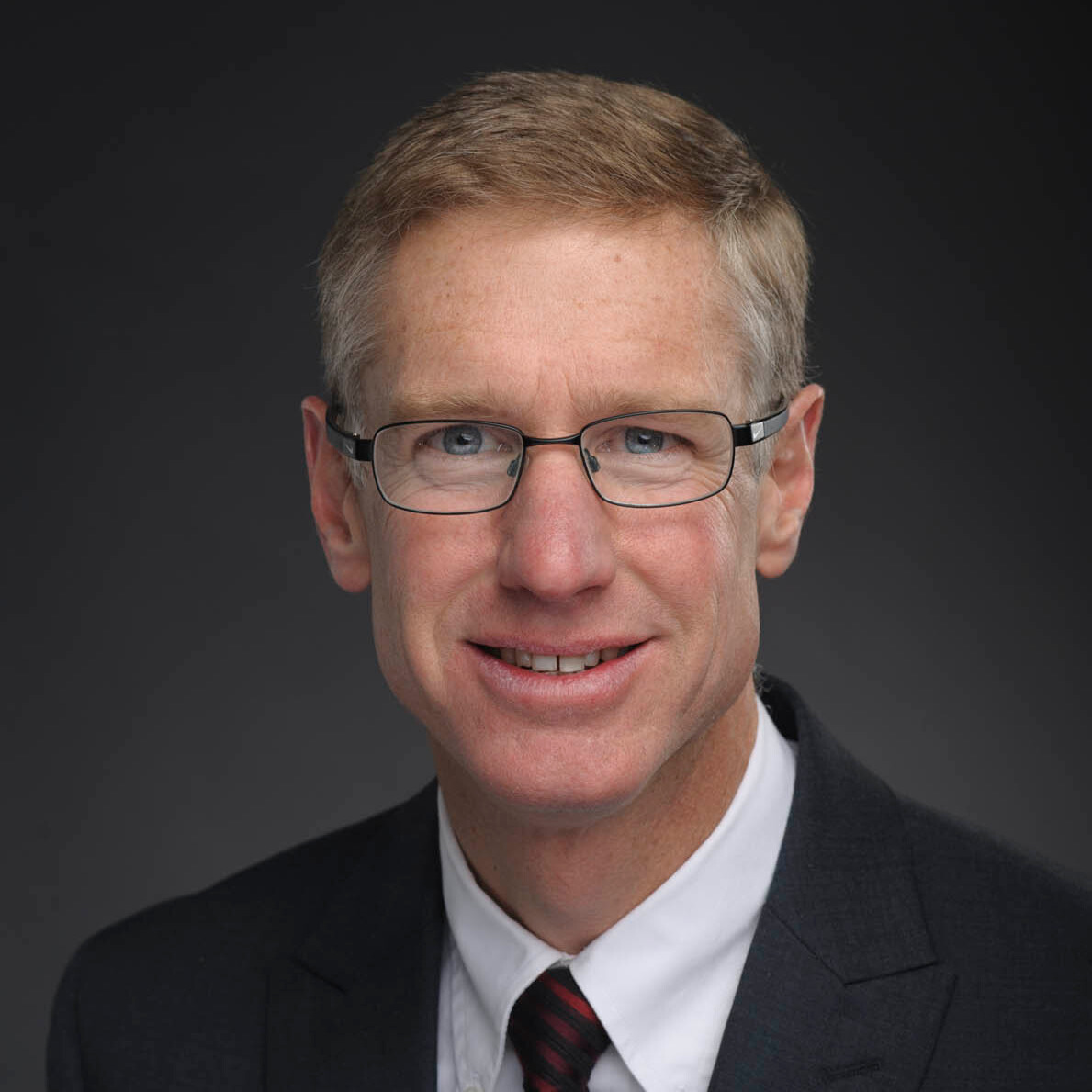
David Dickensheets
Montana State University, Bozeman, USA
Reflecting on MEMS Active Optics
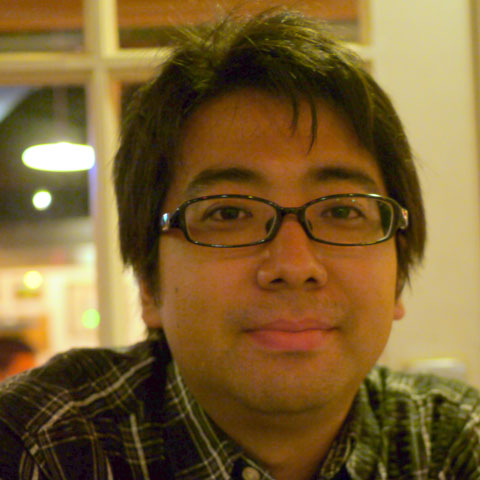
Kentaro Iwami
Tokyo University of Agriculture and Technology, Tokyo, Japan
Dielectric metasurface for sensing and imaging
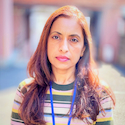
Neelam Kaushik
Tohoku University, Sendai, Japan
AI-Enhanced Portable Scanning Slit Device:
A New Frontier in Ocular Disease Diagnosis

Vladimir M. Shalaev
Purdue University, West Lafayette, USA
Extreme Space-Time Optics
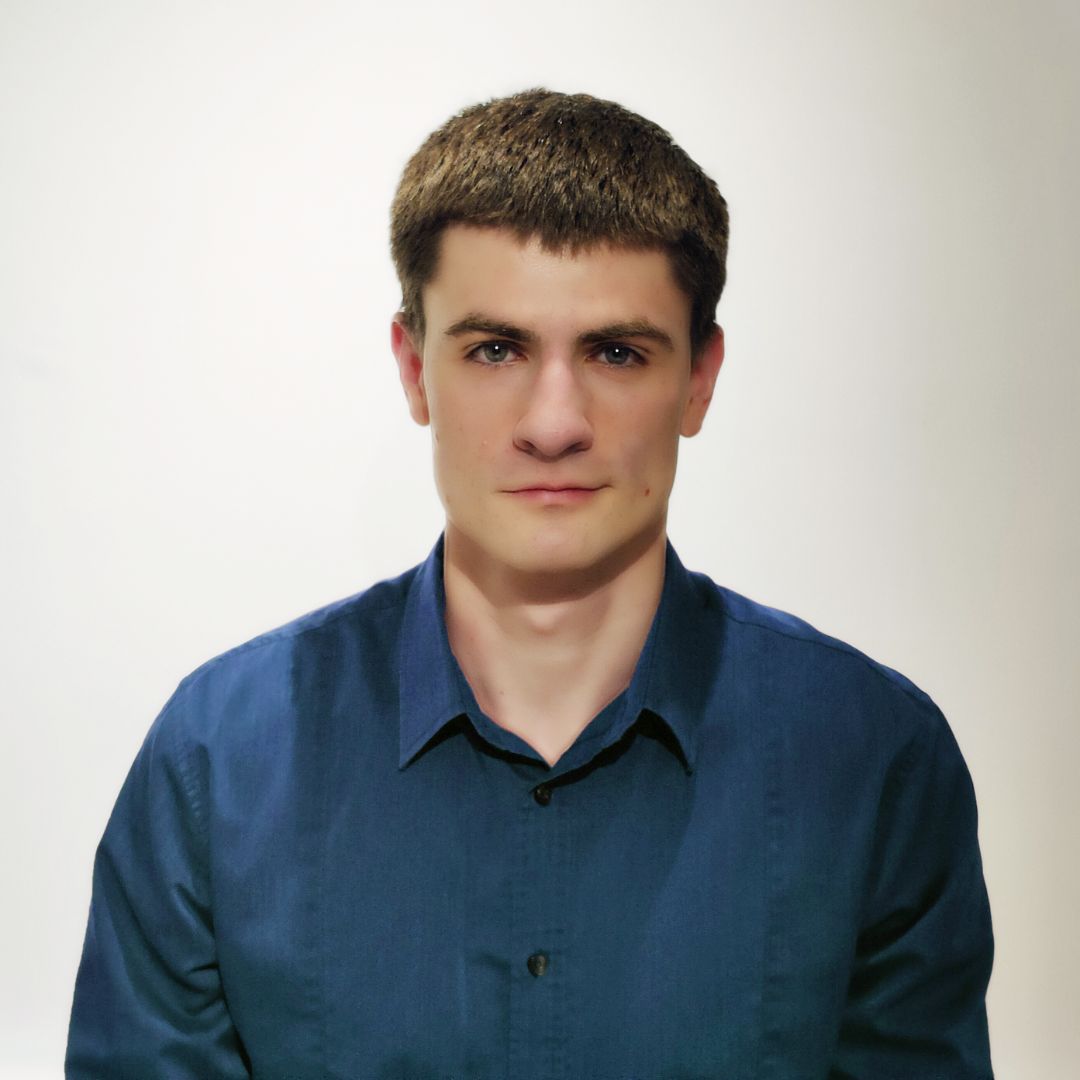
Dmitry Tabakaev
Silicon Austria Labs, Villach, Austria
Compact high-energy nanosecond laser and multiplexing system
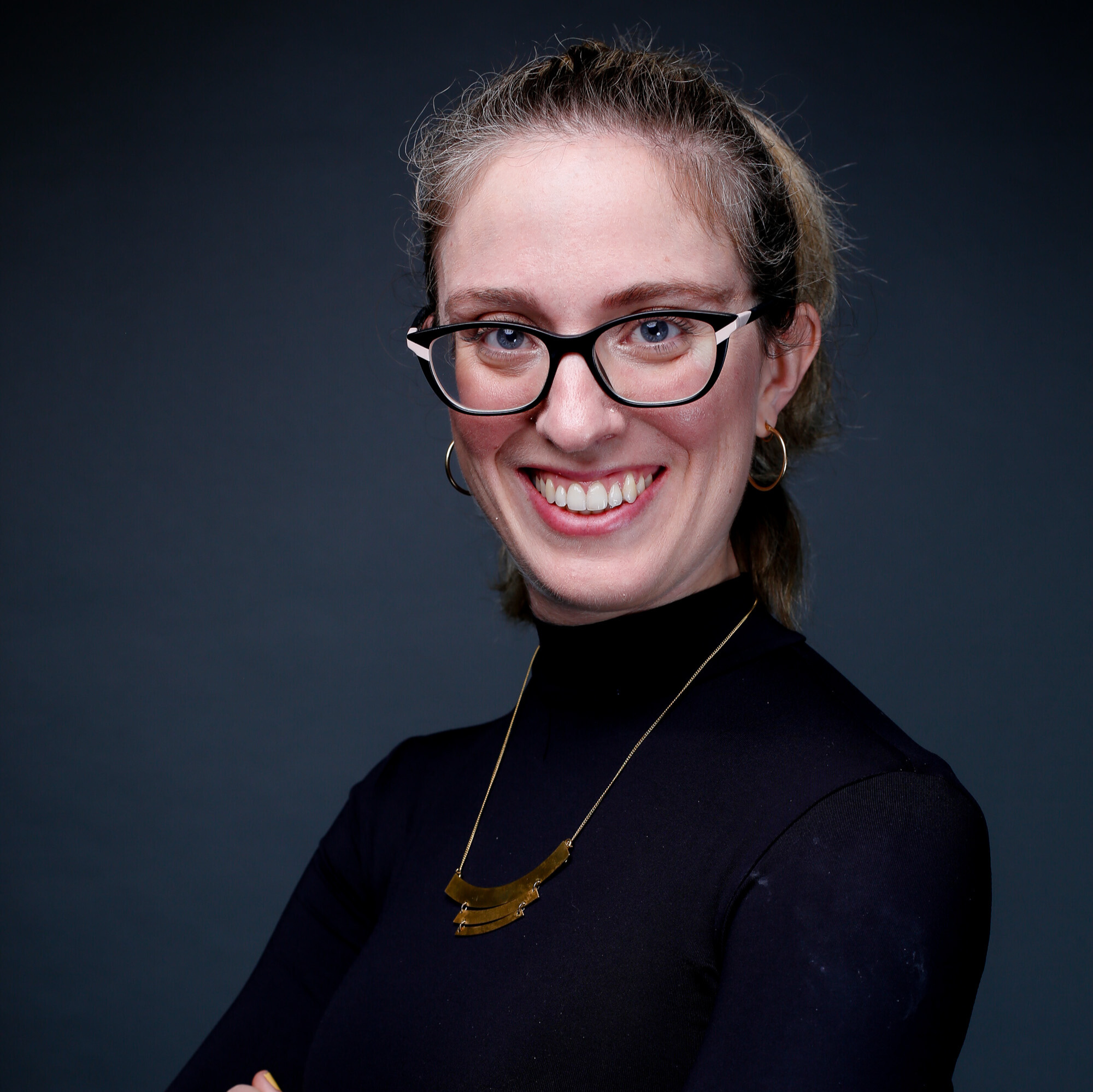
Sivan Trajtenberg-Mills
Massachusetts Institute of Technology (MIT), Cambridge, USA
Leveraging conventional CMOS technology for metal optics nanophotonics
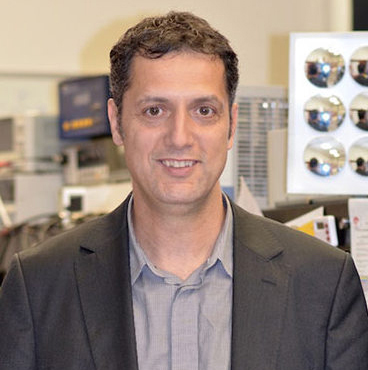
Hakan Ürey
Koç University, Istanbul, Republic of Türkiye
AR displays and diagnostics devices enabled by micro-optics and MEMS
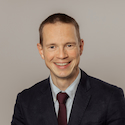
Matthias Wapler
Otto von Guericke University Magdeburg, Magdeburg, Germany
Piezo-based active optical elements for microscopy
More info
Agenda
| Mon | Tue | Wed | Thu | Fri | Sat | Sun |
|---|---|---|---|---|---|---|
|
1
|
2
|
3
|
4
|
5
|
6
|
7
|
|
|
|
|
|
|
|
|
|
8
|
10
|
11
|
12
|
13
|
14
|
|
|
|
|
|
|
|
|
|
|
15
|
16
|
17
|
18
|
20
|
21
|
|
|
|
|
|
|
|
|
|
|
22
|
23
|
24
|
25
|
26
|
27
|
28
|
|
|
|
|
|
|
|
|
|
29
|
30
|
31
|
1
|
2
|
3
|
4
|
|
|
|
|
|
|
|
|

